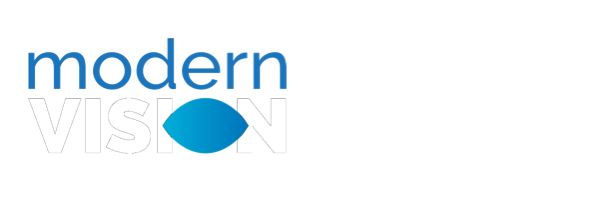The Cost of Cataracts
Published by on February 27, 2014
Cataracts are one of the reasons a person’s vision may begin to blur or become fuzzy. Small cataracts are hardly noticeable, but as more of them form in the eyes’ lenses, they can impair a person’s visual abilities significantly. It is estimated that in the US, 20.5 million adults aged 40 years or older are affected with cataracts. The percentage of people affected continues to climb as they age, with an estimated 50 percent of Americans who are 80 years or older having been diagnosed with cataracts.
Comparing the Costs of Cataract Surgery
Over the past few decades, innovations in ophthalmic surgeries have improved substantially. In 2013, the results of a cataract cost study were published which highlighted the differences in overall living standards and the cost effectiveness of the most advanced surgeries. The study focused on 1985, 2000, and 2012. Some of the notable statistics gathered from this study include:
- Patients reported an improved quality of life of 20.8 percent after single eye cataract removal and 36.2 percent after bilateral surgery.
- The price of surgery, adjusted for inflation, was 35 percent less expensive in 2012 compared to 2000, and 85 percent less expensive than in 1985.
- The estimated financial gain to society, or the return on investment, as a result of cataract removal is $123.4 billion for the next 13 years after the procedure is completed.
What the Results Mean for the Future
It is no surprise that the nominal cost of cataract surgery is more affordable now than compared to years when technology was less advanced. What may be more surprising is the long term affect of more affordable cataract treatment. Because people can continue to be productive after having surgery and also require less specialized medical attention, society as a whole prospers as more individuals receive laser eye treatments. Undoubtedly, scientists will continue to develop even better ways of treating cataracts and the costs of the procedure will continue its downward trend.

Lance Kugler, MD, is a specialist in LASIK and vision correction surgery and CEO of Kugler Vision. A proud Omaha native, he is passionate about improving lives through clear vision. Dr. Kugler serves on several national boards, and his practice is recognized internationally as a center of excellence. Dr. Kugler is one of the original founders of the Refractive Surgery Alliance, an international organization comprised of over 350 of the world’s leading vision correction surgeons; he also served as its first president. In 2019, Dr. Kugler was selected as a TEDx speaker, and delivered a talk in Omaha about the worldwide epidemic of nearsightedness and refractive solutions. Dr. Kugler is an Associate Professor of Refractive Surgery at the University of Nebraska Medical Center’s Truhlsen Eye Institute, has been published in many medical journals, and participates in numerous clinical studies to advance the field of vision correction surgery. Additionally, Dr. Kugler is proud to be a Board Certified Fellow of the World College of Refractive Surgery & Visual Sciences. Dr. Kugler and his wife are proud parents to five active kids. When he has a spare moment, he enjoys skiing, tennis, travel, and fine coffee.




Leave a Reply